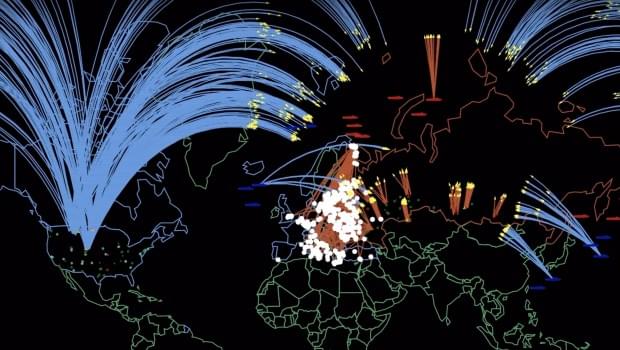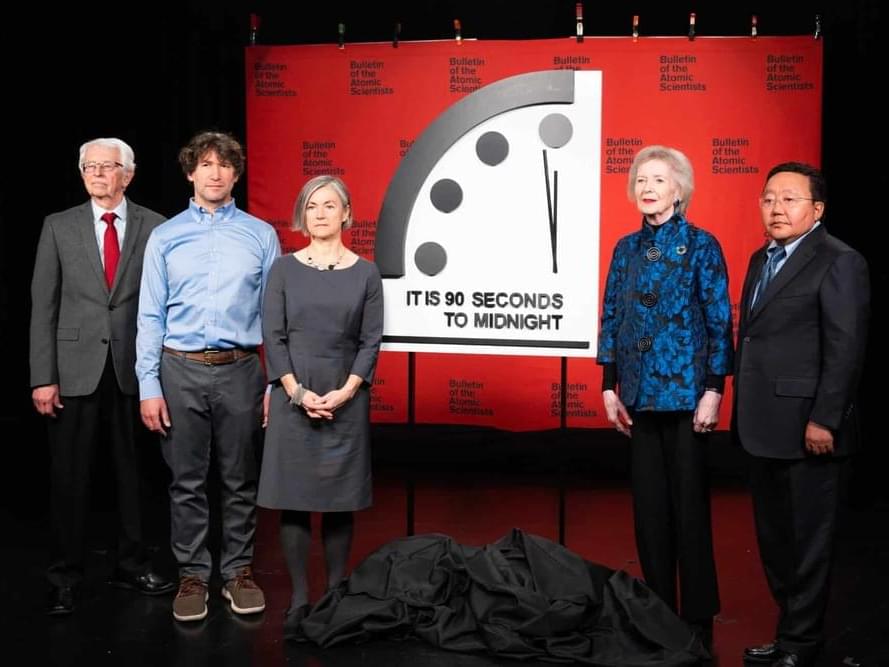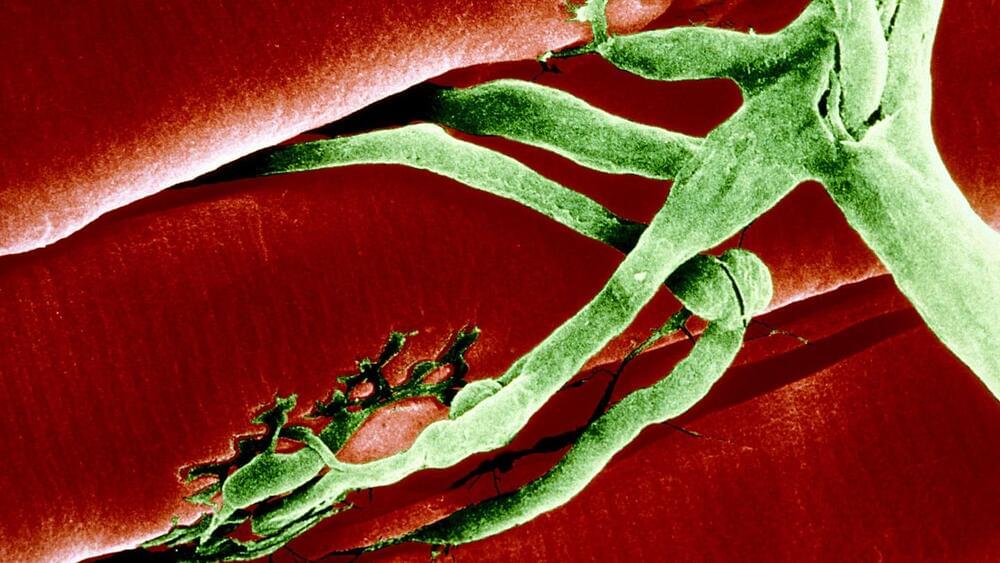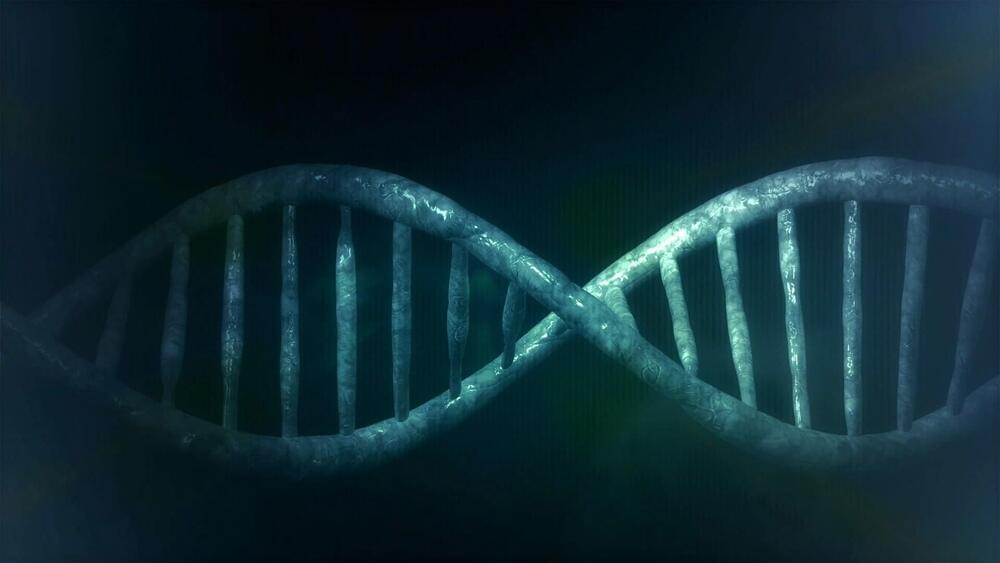In a world first, artificial intelligence demonstrated the ability to negotiate a contract autonomously with another artificial intelligence without any human involvement.
British AI firm Luminance developed an AI system based on its own proprietary large language model (LLM) to automatically analyze and make changes to contracts. LLMs are a type of AI algorithm that can achieve general-purpose language processing and generation.
Jaeger Glucina, chief of staff and managing director of Luminance, said the company’s new AI aimed to eliminate much of the paperwork that lawyers typically need to complete on a day-to-day basis.









